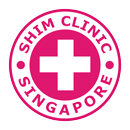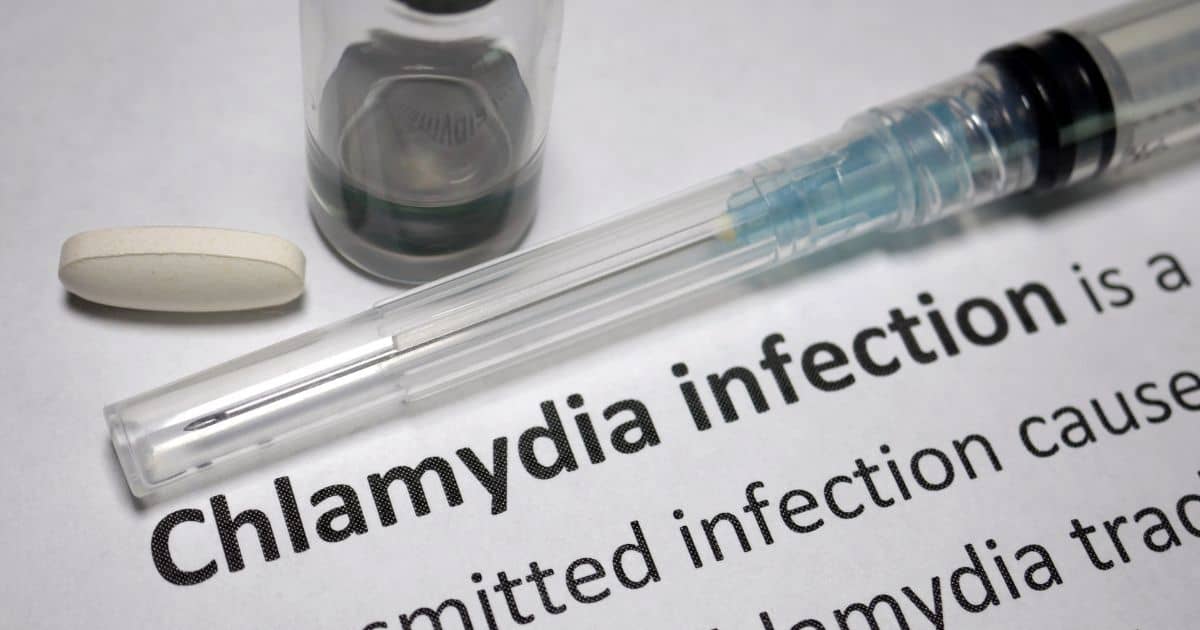Emerging sexually transmitted diseases (STDs) pose a significant public health challenge, especially in densely populated regions like Asia and Singapore. This guide explores the most current and relevant emerging STDs, their symptoms, prevention, and treatment strategies, with a focus on local trends and data.
1. Mycoplasma genitalium (Mgen)
Overview: Mgen is a bacterium that causes symptoms similar to chlamydia and gonorrhea but is harder to detect and treat.
Symptoms: Urethritis in men, cervicitis in women, and possible pelvic inflammatory disease.
Prevention: Regular STD screening, use of condoms, and awareness of symptoms.
Treatment: Antibiotics such as azithromycin or moxifloxacin, with a focus on overcoming antibiotic resistance.
2. Neisseria gonorrhoeae (Antibiotic-Resistant Gonorrhea)
Overview: Gonorrhea resistant to multiple antibiotics is a growing concern.
Symptoms: Painful urination, discharge from the penis, and testicular pain in men; often asymptomatic in women.
Prevention: Safe sex practices, regular STD testing, and updated treatment protocols.
Treatment: Dual therapy with ceftriaxone and azithromycin as recommended by current guidelines.
3. Shigella flexneri
Overview: Traditionally a gastrointestinal pathogen, Shigella flexneri is now recognized as an STD, particularly among men who have sex with men (MSM).
Symptoms: Severe diarrhea, abdominal pain, fever, and tenesmus.
Prevention: Safe sexual practices, hygiene, and prompt treatment of symptoms.
Treatment: Antibiotics such as ciprofloxacin or azithromycin, along with rehydration therapy.
4. Lymphogranuloma Venereum (LGV)
Overview: Caused by specific strains of Chlamydia trachomatis, LGV is an invasive STD.
Symptoms: Genital ulcers, swollen lymph nodes, and rectal inflammation.
Prevention: Early diagnosis, treatment, and preventive measures during sexual activities.
Treatment: Doxycycline for a recommended period of 21 days.
5. Hepatitis C Virus (HCV)
Overview: While primarily transmitted through blood, sexual transmission of HCV is becoming more recognized.
Symptoms: Often asymptomatic initially; can lead to chronic liver disease.
Prevention: Safe sex practices, regular screening, and avoiding sharing needles.
Treatment: Direct-acting antiviral (DAA) medications that can cure the infection in most cases.
6. Human Papillomavirus (HPV)
Overview: While not new, the emergence of new high-risk HPV strains continues to be a concern.
Symptoms: Genital warts, potential progression to cancers of the genital and oropharyngeal regions.
Prevention: HPV vaccination, safe sex practices, and regular screenings.
Treatment: Removal of warts through cryotherapy, surgical excision, or topical treatments; regular monitoring for cancerous changes.
7. HIV Co-Infections
Overview: Co-infections with other STDs can complicate HIV treatment and transmission.
Symptoms: Vary depending on the co-infection; often more severe in HIV-positive individuals.
Prevalence: Significant among MSM and other high-risk groups.
Prevention: Comprehensive sexual health strategies, regular HIV testing, and prompt treatment of co-infections.
Treatment: Combination antiretroviral therapy (cART) along with specific treatments for co-infecting STDs.
Emerging STDs in Asia and Singapore present unique challenges requiring vigilant monitoring, regular screening, and comprehensive prevention strategies. Public awareness, safe sex practices, and access to healthcare services are critical in managing these diseases.

